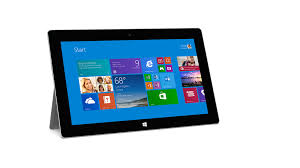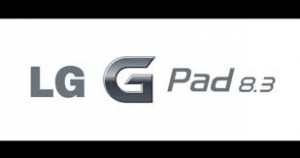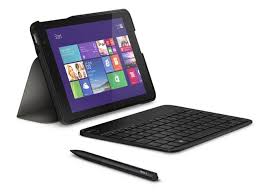A few months ago Apple, Major League Baseball and the New York Mets showed off iBeacon, a technology that is embedded in Apple’s iOS 7 operating system and how it can be used for indoor location services.
If you are not too familiar with iBeacon that is not surprising, Apple really has not publicized the technology that much since it was rolled out as part of the iOS7 release last September. It is an indoor positioning system that is designed to enable a facility to push notifications, coupons and other material to enabled iOS mobile devices. It is built around a low powered version of Bluetooth technology and has the advantage of being very precise and essentially serves as an indoor GPS, but with a much greater degree of accuracy.
The advantages for a sporting facility are obvious. It can track where a user is and send them discount coupons when they are in front of a souvenir shop or a two for one hot dog offer when they are at the food stands. Facilities can see where fans visit and where they do not and customize both their offers to the fans, and the layout of the retail outlets to better meet fans usage models.
It is no surprise that MLB’s Advanced Media group, which has been very aggressive in delivering apps that both engage fans when they are in attendance and when they are not, would be interested in this technology. It has the potential to help increase sales while also enabling fans to take an unescorted but informative tour of ballparks such as Fenway and hear all of the history of the park.
After that announcement it seemed the technology fell off the radar but last week Macy’s said that it will use the technology to send alerts to shoppers when they enter stress over the holiday season at select stores via an app called Shopkick.
Apple delivered its own version of maps a while ago and emerged with egg on its face as the maps were in some cases very inaccurate and rival Google and others made fun of Apple’s efforts. A shakeup later Apple seems to have the map app working well and according to this piece from Mobile Marketer Apple has taken 23 million users from Google in the maps space, but still trails Google’s impressive lead in that space.
However indoor is a different area and Apple could be heading to a lead there, in part because of the effort by sports leagues to add enhanced networking capabilities to their facilities. In addition they have a great deal of familiarity developing for Apple’s platform as apps for Apple’s iOS are often the first to appear for sports leagues and fans can already use them to locate hot dog stands and swap seats, among other uses. An app that does significantly more would simply fit in with the fans already established mindset of using a mobile device to assist them in a facility.
Fans can get upset with the lack of access at a stadium when using a mobile device and all major US sports leagues are expanding and enhancing their Wi-Fi networks. Since teams want a return on investment aside from fan satisfaction this presents them with a solid opportunity.
I suspect that come next year we will be seeing an influx of apps not just from Apple developers but also Android and Windows 8 seeking to take advantage of the new networking and connectivity capabilities of stadiums and it will be interesting to track which ones are using indoor positioning as a feature since it certainly appears to present a solid advantage to its users.










